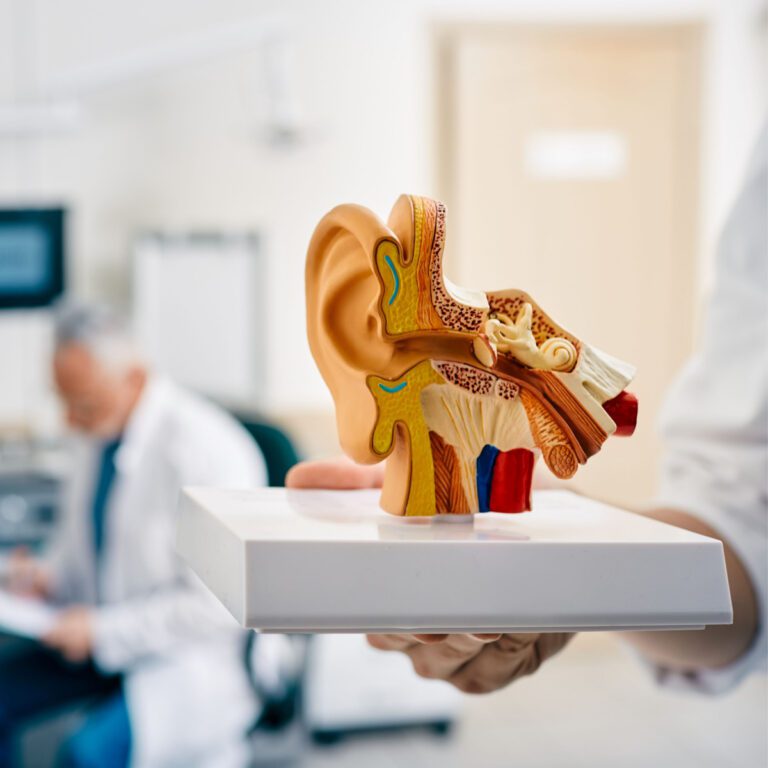Degrees of Hearing Loss
The degree of hearing loss varies from person to person. Between the two extremes of hearing well and hearing nothing, there are many degrees of impairment. The terms used to describe the degree of hearing loss are mild, moderate, severe and profound. Most hearing losses are mild to moderate.
What does the degree of hearing loss mean?
The degree of hearing loss measures the lowest intensity at which sound is apparent, also called the patient’s threshold. This is used to determine “severity of loss” in a patient.

What are the degrees of hearing loss?

NORMAL

MILD

MODERATE

SEVERE

PROFOUND
Online hearing screening
only 5 minutes
Other Ways to Describe Hearing Loss
Bilateral versus unilateral: Bilateral hearing loss refers to impairment in both ears. Unilateral hearing loss refers to just one affected ear.
Symmetrical versus asymmetrical: Symmetrical hearing loss refers to the same or very similar degree and configuration of hearing loss in each ear. An asymmetrical hearing loss refers to a variation in the degree and configuration of loss in each ear.
Progressive versus sudden hearing loss: Progressive hearing loss refers to a continuous reduction in hearing ability. A sudden hearing loss refers to a rapid acute onset. It is recommended to receive immediate medical attention if this occurs.
Fluctuating versus stable hearing loss: Fluctuating hearing loss is generally an indication of conductive hearing loss caused by ear infection and fluid residing in the middle ear, but could also exist as other conditions.

Frequently asked questions
What are the implications of mild hearing loss?
Mild hearing loss may result in difficulties following conversations, especially in noisy environments, and may lead to social withdrawal or communication challenges if left untreated.
How does severe hearing loss affect daily functioning?
Severe hearing loss may result in substantial communication barriers, requiring the use of powerful hearing aids or other interventions to facilitate understanding of speech and environmental sounds.
Can the degree of hearing loss change over time?
Yes, the degree of hearing loss can change over time due to various factors such as aging, noise exposure, medical conditions, or interventions like hearing aid use or cochlear implants.
How is the degree of hearing loss managed?
The management of hearing loss depends on its severity and individual needs but may include hearing aids, cochlear implants, assistive listening devices, auditory training, and communication strategies tailored to each person’s unique situation. Regular monitoring and adjustments to treatment plans may also be necessary to optimize hearing function.
Start Your Journey
It's easy to get started

Talk to an expert

Request an appointment

Find a nearby clinic





